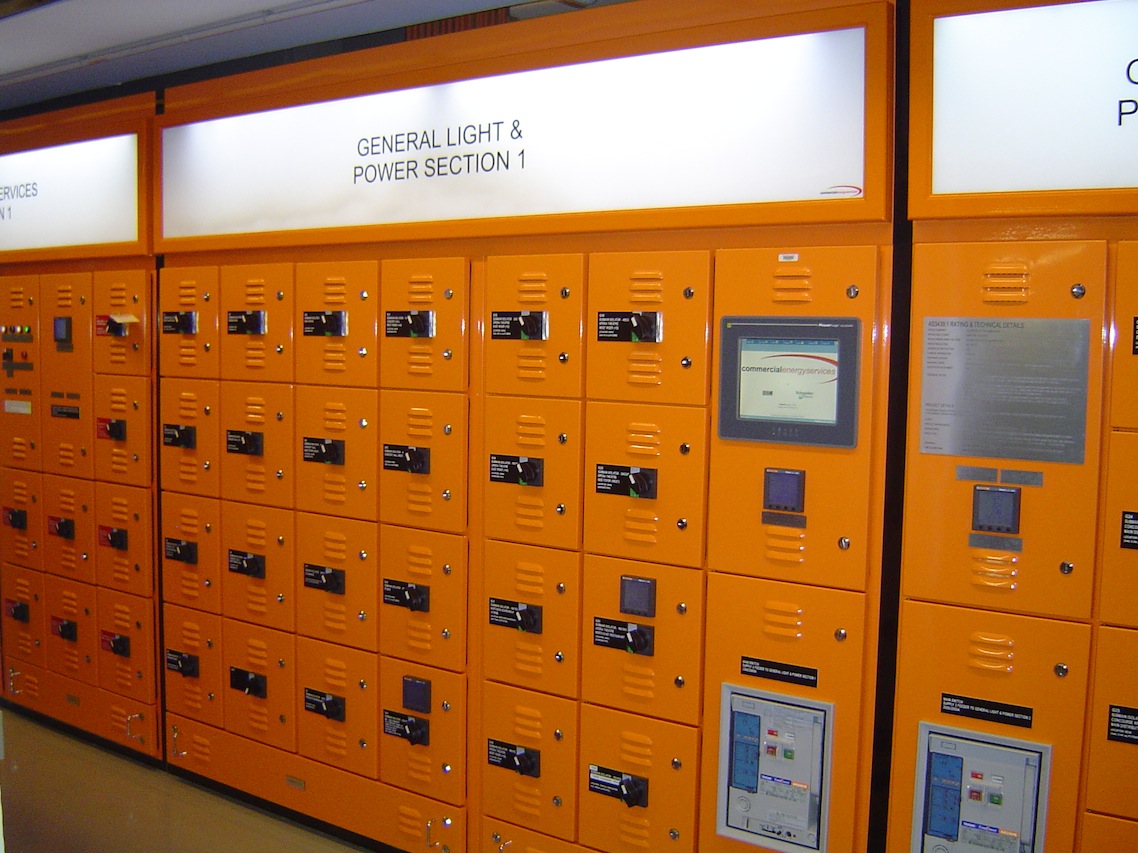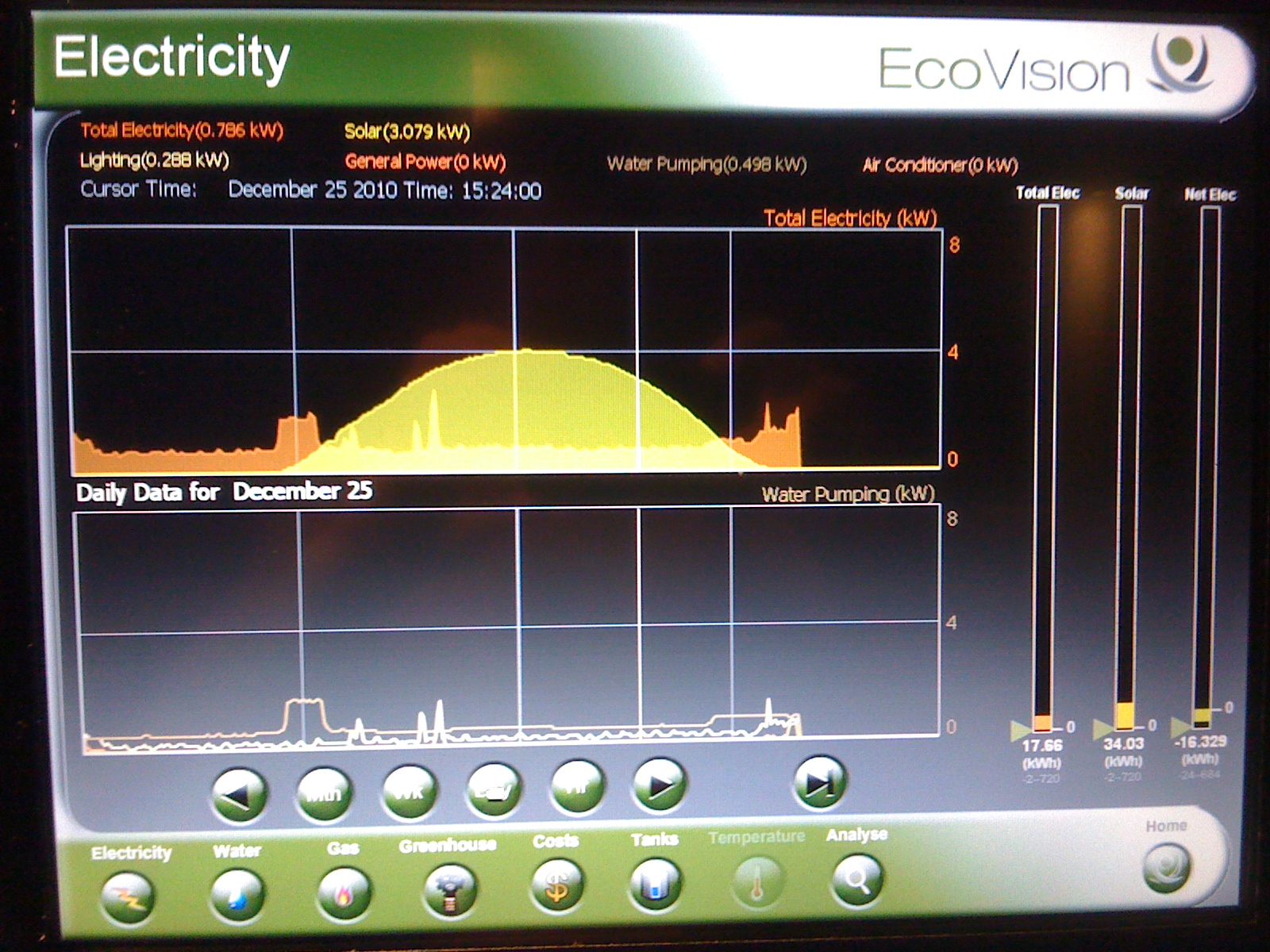
Welcome
David Burns is an environmental chemist with expertise in laboratory data audits, green chemistry, and industrial ecology. David is available to help business & professionals integrate sustainable supply chains and energy efficiency into service offerings. The following blog topics are intended to invoke awareness and/ or action in Going-Green. You are also invited to create a Free Whoisgreen business profile using the link above. David Burns is a NSC member of the Rocky Mountain Institute.

EMS is a crucial tool required to digest WHEN, WHERE, and WHY resources are consumed, and the first action in making buildings and facilities sustainable. Very few facility managers possess real-time information to effectively manage their electricity, gas, and water expenses. Image: Sydney Opera House upgrade and EMS.
As consumers, we are seeing energy and water prices increase, resulting in an escalation in operating expenses. The ability to respond immediately to consumption trends and anomalies is almost impossible without real-time energy management systems for any modern enterprise.
An EMS can facilitate the reduction of energy and water costs by identifying peak loads, and devise swift responses to unsighted waste and system variability. An EMS maintains surveillance over workplace amenity, resulting in better employee satisfaction and facility control. An energy management system improves understanding of consumption patterns, GHG emissions targets, and business performance. Critics tend to identify the initial CAPEX and ongoing data access fees through local or international data centers as the main business hurdles. An unlikely analogy is offering solutions to lessen critic concerns that should result in more affordable EMS integration, including options to self manage data. It is the recent phenomenon and popularity of social media sites such as Twitter, Facebook, and YouTube that are providing EMS software direction incorporating open architecture, and offering users flexibility that is generating such consumer testament.
Energy management systems apply to new buildings, existing buildings, manufacturing facilities, teaching campuses, and other markets such as transport, agriculture, and government. Energy and water savings of up to 30-40% are achievable once resource consumption is understood, including benchmarking of consumption profiles across business units, relative to floorspace, shifts, season, or production intensities. An EMS continues to provide ongoing validation and assurance of facility performance long after any initial green star certification, and can encourage healthy competition between business units to engage employees and stakeholders, accelerating energy efficiency opportunities (EEO). DRIVERS - compliance obligations, facility management, OPEX management, process improvement, environmental values, and brand enhancement.
Selection of an energy management system is straightforward and should be aligned with business values and policies, and scoped to specific objectives. For example, a basic energy reporting system (ERS) reliant upon trailing data maybe adequate for a business concerned with compliance obligations such as NGERS. A real-time EMS networked with digital metering and monitoring devices strategically installed throughout facility service reticulation systems provides effective management and reduction of business expenses via EEO, including basic ERS. An energy management system is also capable of supplying source data into an existing building management system (BMS). The EMS design, software user-interface, and cost are the key differentiators. Whereas, components, sensors, and meters should be sourced from best in class suppliers and comply to internationally recognised quality and performance standards, and preferentially exhibit low ‘watt-loss' characteristics. EMS software should cater easily for scaling and add-ons, including multiple distributed energy generation sources such as PV solar and wind energy, combined with the ability to collect source data from accounting packages such as waste data and fuel consumption. Visionary organisations may consider bundling several business metrics together such as LEAN Six Sigma, safety and service statistics, and production volumes, hosted by a single highly visible platform for the benefit of stakeholders, occupants and visitors.
Additional information is available from The Green Building Council (Australia), blog titled, ‘Energy and Water Monitoring for Existing Buildings', July 2009.
My Four Top Tips
1. Consider the drivers behind the requirement for an energy management system and the outputs you require.
2. Insist on a secure open-sourced EMS with flexibility (design & data acquisition), including DIY monitoring/ data management options.
3. Consider an EMS that allows for identification of real-time trends, exception reporting and alarms.
4. Choose an EMS that provides carbon management and reporting tools.
In conclusion, EMS availability can be via an energy integrator such as Commercial Energy Services, or be incorporated in a building management system (BMS) from an automation company such as Honeywell. Whether a simple ERS, comprehensive EMS, or universal BMS is for you, access to consumption data is a essential for planning, and managing modern business. An affordable, open-source energy management system is the future trend for energy efficient buildings and facilities.
David Burns is a Sustainability Advisor and Analyst, www.sustain450.com.au
If you have a friend that you would like to share this with, then











Great work. The only other characteristic I think an EMS should have is intuitive-ness of use. Too many of these things are esoteric, hard-to-operate (and even understand) devices and systems so that even a guy left to run a system might not understand entirely what he's doing at times. Open source and secure, though (obviously), become all the more essential when the devices/systems are easy to understand and use!. Keep up the good work.
Regards Cam (Rocky Mountain Institute)